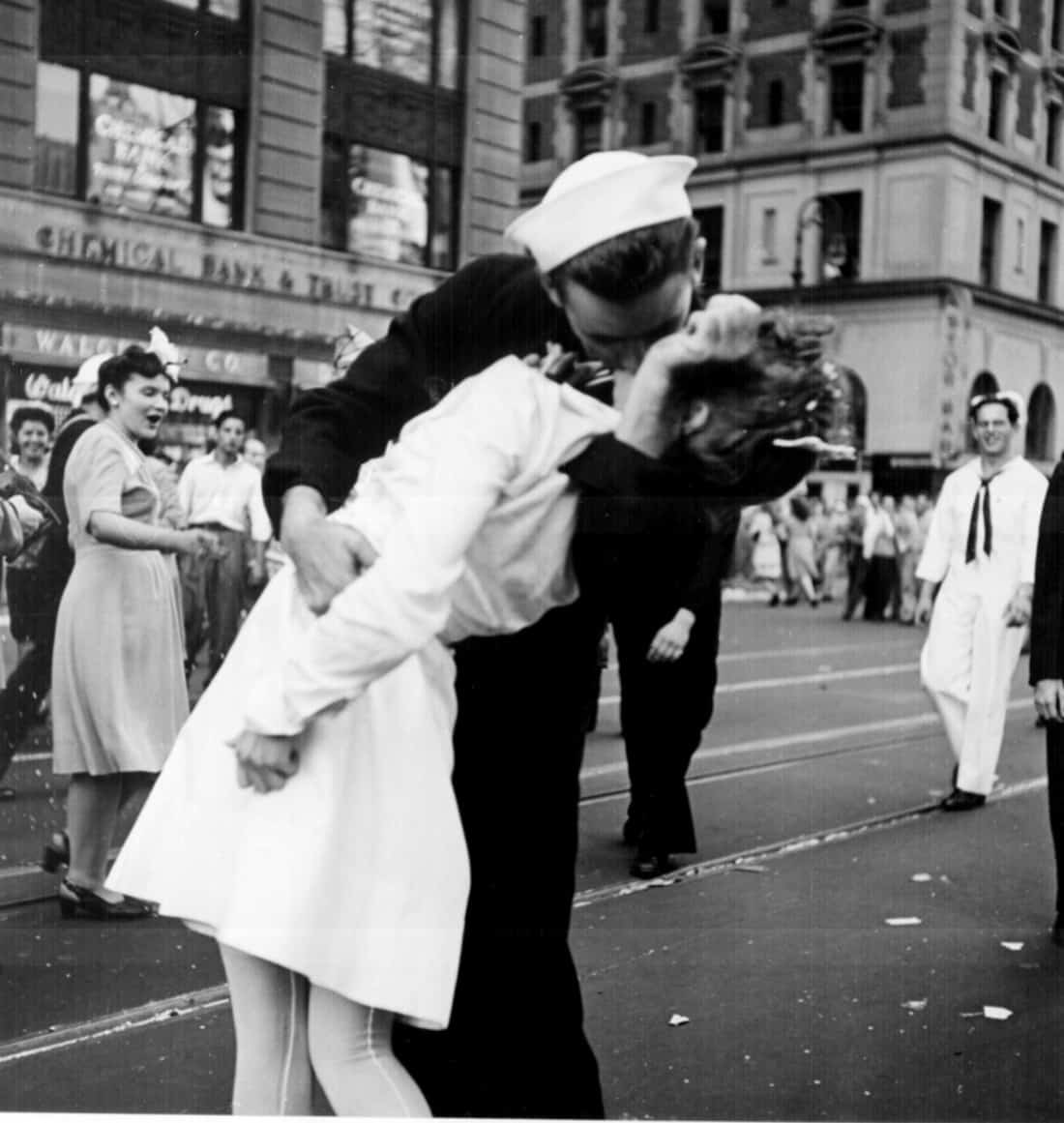Framing Streets - Truths
Framing Streets - Truths
Blog Article
The Definitive Guide to Framing Streets
Table of Contents4 Easy Facts About Framing Streets ShownGet This Report on Framing StreetsFraming Streets Fundamentals ExplainedExcitement About Framing StreetsThe 7-Second Trick For Framing StreetsThe Single Strategy To Use For Framing Streets
Digital photography genre "Crufts Pet Program 1968" by Tony Ray-Jones Road photography (likewise in some cases called honest digital photography) is digital photography carried out for art or query that features unmediated opportunity experiences and random events within public places, generally with the goal of recording images at a crucial or touching minute by cautious framework and timing. 
Framing Streets Fundamentals Explained
Susan Sontag, 1977 Road photography can concentrate on people and their behavior in public. In this regard, the street photographer resembles social documentary professional photographers or photographers that also operate in public places, however with the goal of recording relevant events. Any one of these digital photographers' pictures may record people and building noticeable within or from public areas, which typically requires navigating ethical issues and laws of privacy, protection, and property.
Depictions of everyday public life form a genre in virtually every duration of world art, beginning in the pre-historic, Sumerian, Egyptian and very early Buddhist art durations. Art handling the life of the street, whether within views of cityscapes, or as the leading motif, appears in the West in the canon of the Northern Renaissance, Baroque, Rococo, of Romanticism, Realism, Impressionism and Post-Impressionism.
The Ultimate Guide To Framing Streets
Louis Daguerre: "Blvd du Temple" (1838 or 1839) In 1838 or 1839 the initial photograph of figures in the road was tape-recorded by Louis-Jacques-Mand Daguerre in among a pair of daguerreotype views taken from his studio home window of the Boulevard du Holy place in Paris. The 2nd, made at the elevation of the day, reveals an unpopulated stretch of road, while the various other was taken at regarding 8:00 am, and as Beaumont Newhall reports, "The Blvd, so constantly full of a relocating throng of pedestrians and carriages was completely singular, other than a person who was having his boots cleaned.
His boots and legs were well defined, but he is without body or head, due to the fact that these were in movement." Charles Ngre, waterseller Charles Ngre. https://detts-mccleocy-skath.yolasite.com/ was the initial digital photographer to attain the technical elegance needed to sign up individuals in movement on the street in Paris in 1851. Professional Photographer John Thomson, a Scotsman dealing with journalist and social lobbyist Adolphe Smith, released Road Life in London in twelve regular monthly installments beginning in February 1877
A Biased View of Framing Streets
Eugene Atget is regarded as a progenitor, not due to the fact that he was the first of his kind, but as an outcome of the popularisation in the late 1920s of his document of Parisian streets by Berenice Abbott, who was inspired to take on a comparable paperwork of New York City. [] As the city created, Atget aided to advertise Parisian streets as a worthwhile subject for photography.

Fascination About Framing Streets
Andre Kertesz.'s commonly admired Images la Sauvette (1952) (the English-language edition was titled The Decisive Minute) advertised the idea of taking a picture at what he called the "decisive moment"; "when type and content, vision and structure merged into a transcendent whole" - Sony Camera.
The Single Strategy To Use For Framing Streets
, navigate to these guys after that a teacher of young children, associated with Evans in 193839.'s 1958 publication,, was considerable; raw and often out of focus, Frank's photos questioned mainstream photography of the time, "tested all the formal policies laid down by Henri Cartier-Bresson and Pedestrian Evans" and "flew in the face of the wholesome pictorialism and genuine photojournalism of American publications like LIFE and Time".
Report this page